#software history
Explore tagged Tumblr posts
Text
MICROSOFT has released the source code to MS-DOS 4.00 under the MIT license ...
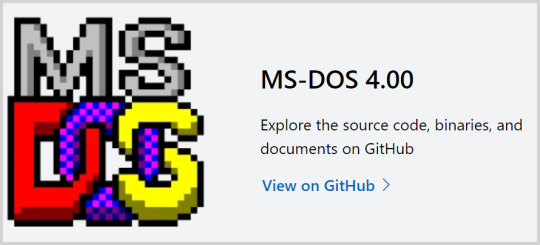
https://cloudblogs.microsoft.com/opensource/2024/04/25/open-sourcing-ms-dos-4-0/
"Ten years ago, Microsoft released the source for MS-DOS 1.25 and 2.0 to the Computer History Museum, and then later republished them for reference purposes. This code holds an important place in history and is a fascinating read of an operating system that was written entirely in 8086 assembly code nearly 45 years ago.
Today, in partnership with IBM and in the spirit of open innovation, we’re releasing the source code to MS-DOS 4.00 under the MIT license. There’s a somewhat complex and fascinating history behind the 4.0 versions of DOS, as Microsoft partnered with IBM for portions of the code but also created a branch of DOS called Multitasking DOS that did not see a wide release."
Jeff Wilcox & Scott Hanselman
Post 302: Microsoft, Open Source Blog, The release of the MS DOS 4.0 source code under the MIT licence, 2024.
#programming#source code#mit licence#ms dos#ms dos 4.0#operating system#computer history#software history#betriebssystem
105 notes
·
View notes
Text
Efemérides computacional: 21 de junio de 1948

El 21 de junio de 1948 se ejecuta el primer programa en la primera computadora con programa almacenado del mundo, la Máquina Experimental a Pequeña Escala de Manchester (SSEM). Este primer programa, diseñado para probar la fiabilidad de la computadora, se ejecutó durante 52 minutos, realizando 3,5 millones de operaciones #retrocomputingmx #SSEM #software #oldtech
0 notes
Text
This morning, I found a packaged, very early version of Infinite Flight Simulator for iOS on archive dot org and proceeded to extract many goodies. This collection of all included sound files in the app is definitely my favorite, though.
0 notes
Text
Malwarebytes Anti-Malware used to look like this.
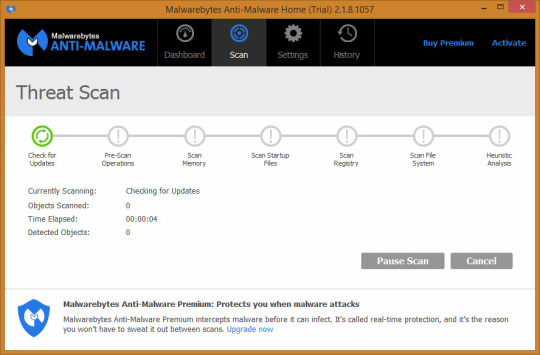
#Malwarebytes#old screenshot#software screenshot#unknown year#my screenshot#software#software history
0 notes
Text

instagram
0 notes
Text

Influential RPG adventure writer, artist, and video game creator Jennell Jaquays has died.
She was a founder of the Dungeoneer zine before it was sold to Judges Guild. Her D&D adventures Dark Tower and Caverns of Thracia became classics, often studied as examples of adventure design. She also wrote and illustrated for TSR, Metagaming, Steve Jackson Games, and many other publishers. Her video game career included developing many of Coleco's titles in the 1980s and level design for the Quake sequels at id Software in the 90s, and she co-founded the SMU Guildhall video game program.
She recently was hospitalized for symptoms of Guillain-Barré syndrome, and a GoFundMe to cover her medical expenses is still active.
3K notes
·
View notes
Text




he really is so pretty, isn't he?
#ominis gaunt#hogwarts legacy ominis#hogwarts legacy#hs rambles#hogwarts legacy screenshots#i really just wanted a close up of his eyes#one day im gonna give in and get that photo software thing#i finally got the history of magic scene slay. unfortunate he didn't havequips but eyyy i sit next to him#i brought omi to the deathly hollows trial thing. honestly#was a fun roleplay experience imagining how he'd react#i like to think he's relieved h took him with her and also not sebastian bc he'd be so hungry for some chaos there
132 notes
·
View notes
Text
explaining modern brand names to a Victorian
me: so just like. a word, usually.
Victorian: a word related to the product, or-
me: no just a random word
Victorian: huh. because I'd have thought
me: yeah
Victorian: a word related to the product's alleged best qualities
me: no no it's just any word really. the founder might have some reason behind it, but it only makes sense to them most of the time
Victorian: interesting
me:
Victorian:
Victorian: but definitely misspelled right
me: oh EXTREMELY misspelled
#history#marketing#brand names#victorian#a bread company called Bakk'd-Best shaking hands with a tech startup called Wandr or something#there is literally a software company called Salsify. like the root vegetable. please explain this to me#only don't because there is no POSSIBLE way to make that a logical name. for a software company
318 notes
·
View notes
Text
you can really tell the different audience demographics of Lifesteal vs Hermitcraft by the comment sections because the average spokeishere or whatever comment is like “LIKE THIS if you are a real Spoke fan!!! ❤️👊😎 if this comment gets 100 LIKES ill tell my mom to subscribe 🤪 who else is watching in 2028❓❓😂” whilst the average ethoslab comment is like “my wife is giving birth but this is more important”
#this is no hate to either lifesteal or hermitcraft im a fan of both. i just find the contrast between comment sections funny#its kinda wild being in both communities as an older teenager#like sometimes ill watch a lifesteal video and then glance at the comments and its like. woah. you guys are so young#especially squiddo videos…#like woah you are all children. im glad 12 year olds are watching squiddo though shes so fucking funny they got good taste#watching squiddo videos the same way adults were watching horrible histories because its funnier than any comedy show aimed at adults#<- fun fact for you. they started broadcasting horrible histories in the evenings because it had so many adult fans because its so funny#like sorry but squiddo is consistently the funniest content creator i watch beyond even mcyt like. actually nobody doing it like them#sorry to tommy or any other mcyt tryna get into comedy your bits will never come close to squiddo#also the ethoslab one isnt ironic i very much imagine one of those 30yo software developers in love with etho to have typed that#hermitcraft#lifesteal smp#mcyt#locus fandom time#this one may flop but i cant stop thinking about this
146 notes
·
View notes
Text

Sony CMT
#digitalism#digitalismmm#digital#tech#machines#technology#techcore#hardware#software#music#aesthetic#vintage#throwback#cd#retro#photography#wires#computer#computing#computers#internet#history
69 notes
·
View notes
Text
Fifty-Five Hollywood Online Interactive Kits (Windows 3.1, Hollywood Online, 1994/1995/1996)
You can play them in your browser here.
Edit: my mistake, they're for WIndows 3.1, emulated in DOSBox.

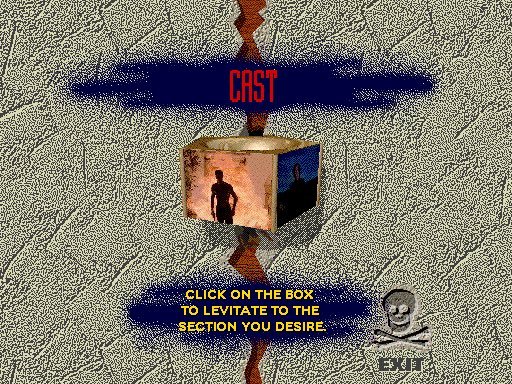

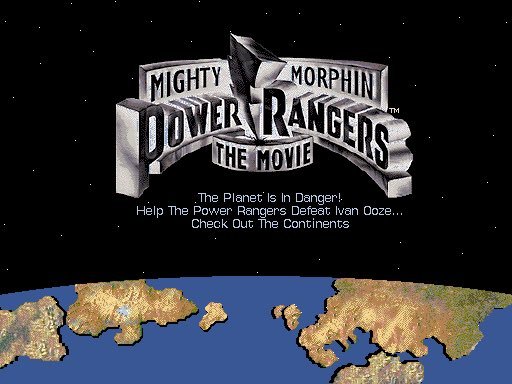
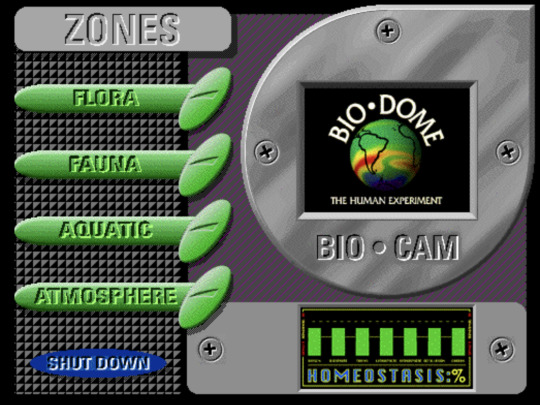

#internet archive#windows 3.1#old software#computer history#computing history#movie#movies#movie history#film history#press kit#multimedia#1994#1995#1996#1990s#90s
181 notes
·
View notes
Text

as soon as i saw the concept art for the choir in bloodborne, i thought the mantle part could translate to the wide pleated collar of an 1830s Victorian evening gown!! now to grind my sewing skills until i can make this dress a reality orz
(id in alt text!)
#bloodborne#bloodborne choir#bloodborne fanart#from software#fashion#historical fashion#historical dress#fashion history#dress history#fashion design#my art#original art
35 notes
·
View notes
Text
kill
KILL(1) - General Commands Manual
NAME
kill - terminate or signal a process
SYNOPSIS
kill [-s signal_name] pid … kill -l [exit_status] kill -signal_name pid … kill -signal_number pid …
DESCRIPTION
The kill utility sends a signal to the processes specified by the pid operands.
Only the super-user may send signals to other users’ processes.
The options are as follows:
-s signal_name
A symbolic signal name specifying the signal to be sent instead of the default TERM.
-l [exit_status]
If no operand is given, list the signal names; otherwise, write the signal name corresponding to exit_status.
-signal_name
A symbolic signal name specifying the signal to be sent instead of the default TERM.
-signal_number
A non-negative decimal integer, specifying the signal to be sent instead of the default TERM.
The following PIDs have special meanings:
-1
If superuser, broadcast the signal to all processes; otherwise broadcast to all processes belonging to the user.
Some of the more commonly used signals:
1
HUP (hang up)
2
INT (interrupt)
3
QUIT (quit)
6
ABRT (abort)
9
KILL (non-catchable, non-ignorable kill)
14
ALRM (alarm clock)
15
TERM (software termination signal)
Some shells may provide a builtin kill command which is similar or identical to this utility. Consult the builtin(1) manual page.
EXIT STATUS
The kill utility exits 0 on success, and >0 if an error occurs.
EXAMPLES
Terminate the processes with PIDs 142 and 157:
kill 142 157
Send the hangup signal (SIGHUP) to the process with PID 507:
kill -s HUP 507
Terminate the process group with PGID 117:
kill -- -117
SEE ALSO
builtin(1), csh(1), killall(1), ps(1), sh(1), kill(2), sigaction(2)
STANDARDS
The kill utility is expected to be IEEE Std 1003.2 (“POSIX.2”) compatible.
HISTORY
A kill command appeared in Version 3 AT&T UNIX in section 8 of the manual.
BUGS
A replacement for the command “kill 0” for csh(1) users should be provided.
macOS 12.7 - October 3, 2016
0 notes
Text
The story of BASIC’s development began in 1963, when Kemeny and Kurtz, both mathematics professors at Dartmouth, recognized the need for a programming language that could be used by non-technical students. At the time, most programming languages were complex and required a strong background in mathematics and computer science. Kemeny and Kurtz wanted to create a language that would allow students from all disciplines to use computers, regardless of their technical expertise.
The development of BASIC was a collaborative effort between Kemeny, Kurtz, and a team of students, including Mary Kenneth Keller, John McGeachie, and others. The team worked tirelessly to design a language that was easy to learn and use, with a syntax that was simple and intuitive. They drew inspiration from existing programming languages, such as ALGOL and FORTRAN, but also introduced many innovative features that would become hallmarks of the BASIC language.
One of the key innovations of BASIC was its use of simple, English-like commands. Unlike other programming languages, which required users to learn complex syntax and notation, BASIC used commands such as “PRINT” and “INPUT” that were easy to understand and remember. This made it possible for non-technical users to write programs and interact with the computer, without needing to have a deep understanding of computer science.
BASIC was first implemented on the Dartmouth Time-Sharing System, a pioneering computer system that allowed multiple users to interact with the computer simultaneously. The Time-Sharing System was a major innovation in itself, as it allowed users to share the computer’s resources and work on their own projects independently. With BASIC, users could write programs, run simulations, and analyze data, all from the comfort of their own terminals.
The impact of BASIC was immediate and profound. The language quickly gained popularity, not just at Dartmouth, but also at other universities and institutions around the world. It became the language of choice for many introductory programming courses, and its simplicity and ease of use made it an ideal language for beginners. As the personal computer revolution took hold in the 1970s and 1980s, BASIC became the language of choice for many hobbyists and enthusiasts, who used it to write games, utilities, and other applications.
Today, BASIC remains a popular language, with many variants and implementations available. While it may not be as widely used as it once was, its influence can still be seen in many modern programming languages, including Visual Basic, Python, and JavaScript. The development of BASIC was a major milestone in the history of computer science, as it democratized computing and made it accessible to a wider range of people.
The Birth of BASIC (Dartmouth College, August 2014)
youtube
Friday, April 25, 2025
#basic programming language#computer science#dartmouth college#programming history#software development#technology#ai assisted writing#Youtube
7 notes
·
View notes
Text

Jemba Inertia Notes System
0 notes
Text

This is a Scrivener appreciation post because ugh I love this software. For the chapter I’m working on, I’ve had to reference both a map and a muster roll, and I can just do this seamlessly without needing to toggle between my manuscript and an internet browser or files. It’s wonderful.
For how wonderful that is, I will only need to look at this muster roll for this one chapter and that’s it. Never to be mentioned again. All the hours of work of hunting the roll down and transcribing it, just for this one scene. 😂
#the research I’ve put into this thing astounds me#the american icarus#TAI#alexander hamilton#amrev#writers on tumblr#historical fiction#writing community#the american revolution#amwriting#my writing#scrivener#writing software#new york history#us revolutionary war rolls#library of congress#historical maps
7 notes
·
View notes